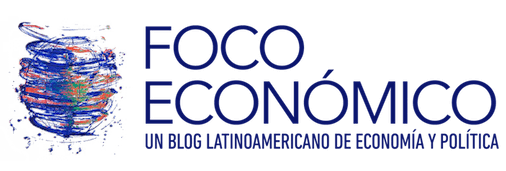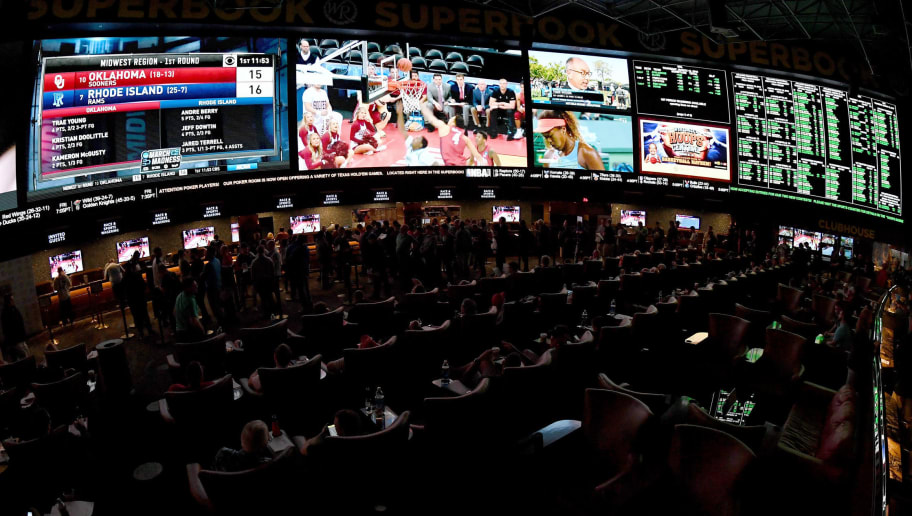
Unlike fixed costs, variable costs vary in direct proportion to changes in production or sales volume. These costs increase or decrease as the level of activity changes. Examples of variable costs include raw materials, direct labor, and sales commissions. If a company produces more units, variable costs will increase accordingly. From a managerial perspective, cost behavior analysis provides valuable insights into the relationship between costs and activity levels. It allows managers to identify fixed costs, which remain constant regardless of the level of activity, and variable costs, which fluctuate in direct proportion to changes in activity.
Understanding Cost Behavior Patterns
The High-Low Method is a technique used to separate mixed costs into their fixed and variable components based on the highest and lowest levels of activity. By analyzing cost behavior through this method, you can estimate how variable and fixed costs interact. In this section, we delve into the concept of cost-volume-profit (CVP) analysis, which is a valuable tool for understanding how costs behave in relation to changes in volume and sales. By analyzing cost behavior patterns, businesses can make informed decisions regarding pricing, production levels, and profitability.
- It also may not capture the effects of other factors that may influence the cost behavior, such as inflation, technology, or quality.
- Unlike fixed and variable costs, which can be easily categorized based on their behavior, mixed costs require careful examination to determine the fixed and variable components.
- Cost behavior is the study of how different types of costs change in response to changes in the level of output or activity.
- From a financial perspective, variable costs play a crucial role in determining the overall cost structure of a company.
Introduction to Cost Behavior
Understanding cost behavior is essential for managers who need to plan, control, and make decisions for their organizations. We will also provide some examples of how different businesses deal with cost behavior in different situations. One of the most important aspects of cost behavior is understanding how costs vary in different industries and scenarios.
Advanced Management Programme In

The relevant range is the range of activity within which assumptions about cost behavior are valid. It is important to note that cost behavior may change outside of the relevant range. For example, a fixed cost may become variable at very high activity levels. There are different methods and data sources standard costing system available for cost behavior analysis, such as account analysis, engineering analysis, scatter plots, high-low method, regression analysis, etc. For example, account analysis is a simple and intuitive method that relies on the judgment of managers or accountants, but it may be subjective and inaccurate.
Cost behavior can also influence a company’s competitive strategy. Businesses with a cost advantage, often achieved through efficient operations and lower costs, can compete on price and attract customers seeking value. Conversely, businesses with a differentiation strategy may focus on offering unique products or services that justify higher prices.
They are essential for determining breakeven points, understanding cost structures, and making informed business decisions. By recognizing the impact of fixed costs on profitability, companies can optimize their operations and achieve financial success. CVP graphs visually represent the relationship between costs, volume, and profit. These graphs provide a clear picture of how changes in volume impact costs and profitability. By analyzing CVP graphs, businesses can make informed decisions regarding pricing strategies, cost control measures, and production levels.
Step costs are costs that remain constant within a certain range of activity, but change to a different level once that range is exceeded. Step costs can be either fixed or variable, depending on whether they change in proportion to the activity level or not. We will also look at some examples of step costs in different industries and scenarios. In this section, we will delve into the concept of variable costs, which play a crucial role in understanding how expenses change with variations in activity levels.
Managers can use this information to set the selling price that ensures a desired level of profit or return on investment. Semi-variable costs can be used for different purposes, such as cost estimation, cost control, decision making, and performance evaluation. For cost estimation, semi-variable costs can help to predict the total cost of a product or service, based on the expected activity level. For cost control, semi-variable costs can help to identify the sources of cost variance, and to take corrective actions if needed. For decision making, semi-variable costs can help to compare the profitability of different alternatives, such as make or buy, outsourcing, or special orders. For performance evaluation, semi-variable costs can help to measure the efficiency and effectiveness of a manager or a department, by comparing the actual and budgeted costs.
By identifying the cost drivers, managers can understand the relationship between costs and activity levels, and predict how costs will change in the future. For example, if the cost driver for materials is the number of units produced, then managers can estimate the total materials cost by multiplying the unit cost by the expected production volume. Cost behavior is a concept that describes how costs change in response to changes in activity levels.
These costs are commonly encountered in business operations and understanding their behavior is crucial for effective cost management. By understanding the intricacies of mixed costs and their interplay with fixed and variable elements, businesses can make informed decisions, optimize cost structures, and enhance profitability. The cost of flour and sugar used in baking cakes would be a variable cost, as it directly varies with the number of cakes produced. However, the monthly rent for the bakery premises would be a fixed cost, as it remains constant regardless of the number of cakes baked.
An example of a step cost is the salary of a supervisor who is hired to oversee a certain number of employees. Variable costs fluctuate directly with changes in activity levels. Examples of variable costs include direct materials, direct labour, and sales commissions. Mixed costs present a unique challenge for businesses as they require a more nuanced approach to analysis. Unlike fixed and variable costs, which can be easily categorized based on their behavior, mixed costs require careful examination to determine the fixed and variable components.


















